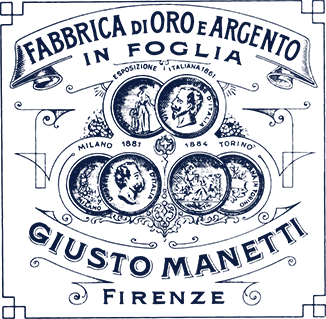Events and news
Events and newsGOLD LEAF IN THE JAPANESE KINTSUGI TECHNIQUE Reduce, reuse, and recycle with gold
The multiple uses of gold – symbol of purity, value, and loyalty – can be found all around, from design to cosmetics
Following the popularity of DIY in the world of art and design, in Japan a technique used to recycle and upcycle broken objects has spread significantly. This technique is called Kintsugi (金継ぎ) or Kintsukuroi (金繕い) and makes use of gold leaf and silver leaf to recompose the fragments of broken ceramic objects.
The pieces are recomposed giving a bright new precious appearance to the object. The Kintsugi technique dates back to the 15th century, when Shogun Ashikaga Yoshimasa sent a damaged Chinese tea set to China for repairs.
When it returned to Japan, the result appeared anaesthetic. This prompted Japanese craftsmen to find a simple yet ingenious technique to repair damaged objects and restoring their splendor, many a time making them even more beautiful than they originally were.
This particular gilding technique turns the damage or deterioration into an opportunity for change and improvement. Imperfections and wounds give way to a more vigorous shape full of intrinsic aesthetic and interior perfection. This technique allows the creation of precious objects both from a financial and artistic point of view. Ceramic objects repaired this way feature a different set of random golden lines along the cracks.
This way, gold breathes new life into objects. Scars are worn proudly and even enhanced, becoming the most precious thing about the object. Many artists have applied the Kintsugi technique to their works. One example is Korean artist, Yeesookyung, who elevated imperfections to a true form of art.
His sculptures are the result of a particular combination of porcelain fragments and gold leaf applications. Gold leaf is applied to the surface of a special glue to join all the fragments together. A new form of restoration in which gold leaf takes center stage and embraces the damage to highlight the memory of the cracks making them even more elegant.
Photo Credits @Marco Montalti




